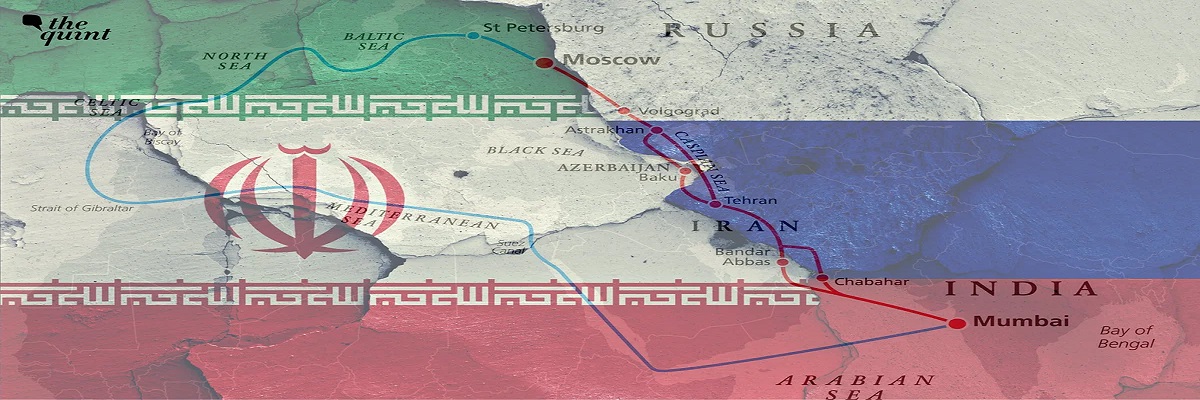Content creator: Mana Honar pisheh
Iran, Azerbaijan, and Russia are set to hold a tripartite meeting to discuss the diversification of routes located on the International North-South Transport Corridor (INSTC) in the near future. The meeting comes as Iran seeks to further develop its trade links with the two neighboring countries and enhance its regional and international importance.
The INSTC is a multimodal transportation route that connects India to Russia and Europe via Iran and Central Asia, providing an alternative to the traditional sea route through the Suez Canal. The corridor is seen as a crucial strategic project that will help reduce delivery times, costs, and dependency on sea routes, and boost trade and economic ties between participating countries.
The three countries are expected to discuss the possibility of expanding and diversifying the routes of the corridor by exploring new transit and customs issues involving the three countries. One of the focal points of the meeting will be the development of Astara, a city located on the border of Iran and Azerbaijan, which serves as an important part of the INSTC.
Astara has been the focus of several joint projects implemented by Iran and Azerbaijan, including the construction of a rail terminal that will link the two countries and facilitate the transportation of goods between them. The completion of this project is expected to enhance Astara’s regional and international importance and boost trade and economic ties between the two countries.
The meeting will also discuss the construction of a new bridge over the Astarachay River on the border of Azerbaijan and Iran. The 89-meter-long and 30-meter-wide bridge is expected to be completed by December and will help facilitate the transportation of goods between the two countries.
The INSTC was initiated in 2000 by Russia, Iran, and India, with the aim of creating a transportation corridor that would reduce delivery times of cargo from India to Russia, as well as to North and West Europe. Since then, 13 countries, including Azerbaijan, Turkey, and Iran, have ratified the agreement, and several infrastructure projects have been implemented to connect the participating countries.
The completion of the Qazvin-Rasht railway in Iran in 2019 was a major milestone in the development of the corridor, as it connected Azerbaijan’s railroads with the Iranian rail network. However, the construction of the Rasht-Astara railway in Iran is still ongoing, and the three countries are expected to discuss the progress of this project and explore ways to accelerate its completion.
The INSTC is a crucial project for Iran, as it provides the country with an alternative route to export its goods and reduce its dependence on sea routes. The corridor is also seen as a way to enhance regional economic cooperation and boost trade ties between the participating countries.
The meeting between Iran, Azerbaijan, and Russia comes at a time when Iran is seeking to expand its trade and economic ties with neighboring countries in the face of US sanctions and economic pressures. Iran has been actively seeking to develop new trade routes and diversify its economy away from oil and gas, and the INSTC provides an important opportunity for the country to achieve these goals.
In conclusion, the tripartite meeting between Iran, Azerbaijan, and Russia to discuss the diversification of routes located on the International North-South Transport Corridor is a crucial step towards enhancing regional economic cooperation and boosting trade ties between participating countries. The corridor provides an important alternative to sea routes and offers an opportunity for Iran to expand its trade links and reduce its dependence on oil and gas. The completion of infrastructure projects and the exploration of new transit and customs issues will be crucial in unlocking the full potential of the corridor and enhancing regional economic integration.
 Login
Login